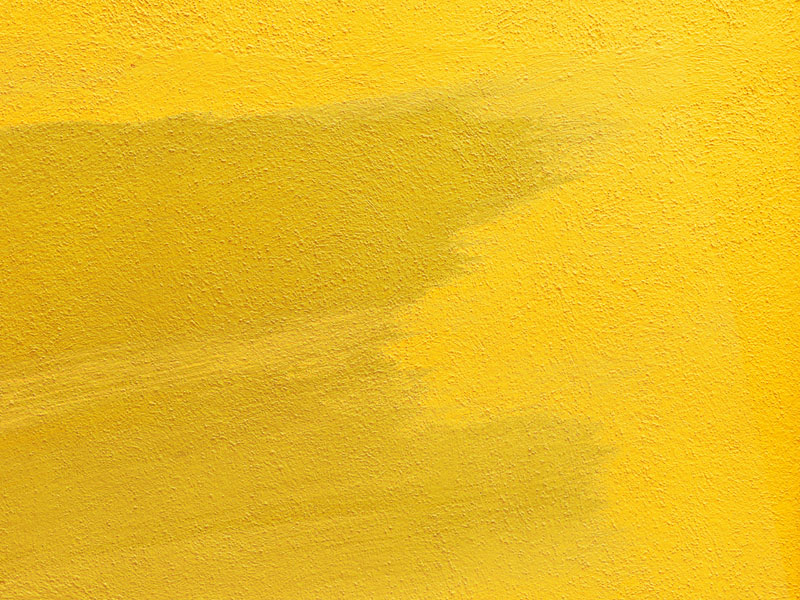Sometimes, after a fresh coat of paint has been applied to a surface, streaks of a brown-colored residue will appear on the surface of the paint. While the appearance of this discoloration — known as surfactant leaching — may cause initial alarm and concern, it is a common occurrence and can be remedied by wiping the paint with a damp cloth.
What Are Surfactants?
Surfactants are chemicals or components used in the manufacture of latex paint that normally are blended in to the paint and concealed by the pigments of the paint itself.
What Causes Surfactant Leaching?
Surfactant leaching typically occurs when paint is applied in areas or conditions of high humidity and moisture (as in bathrooms, etc.). When latex paint is applied in such conditions, during the drying process surfactants will rise to the surface of the paint causing the discoloration. This discoloration, while unsightly, does not harm or indicate the paint coating is damaged.
How to Prevent Surfactant Leaching
The simplest way to prevent surfactant leaching is to only apply paint when conditions are (relatively) dry and cool. If cool and dry conditions are infrequent or unavoidable, there are specially-formulated latex paints designed to be applied in high-humidity conditions.
How to Fix Surfactant Leaching
For indoors, wiping the paint surface with a damp, soapy cloth when the discoloration appears is the most effective method. For exterior surfaces, normal weathering (e.g., exposure to rain, wind, and sun) will eliminate the staining without any further intervention.

